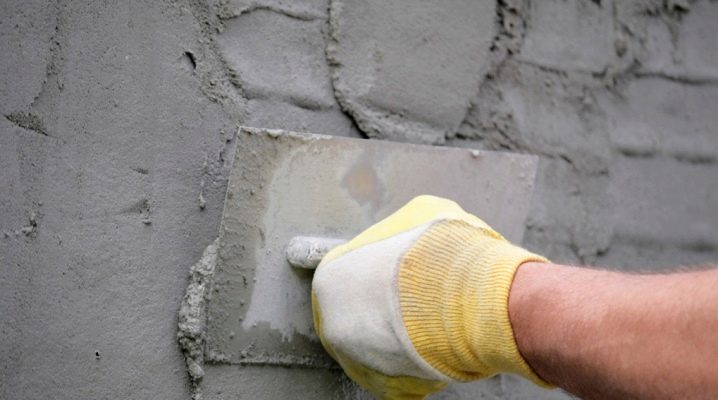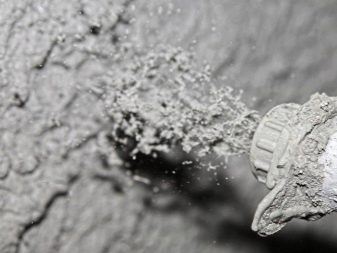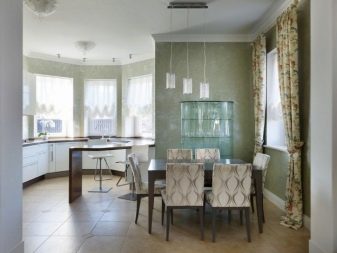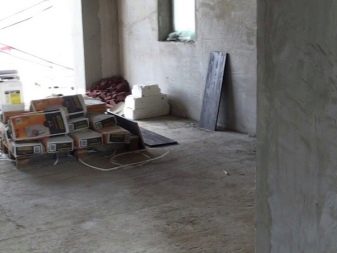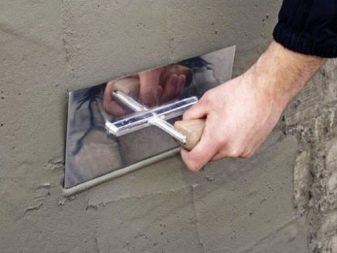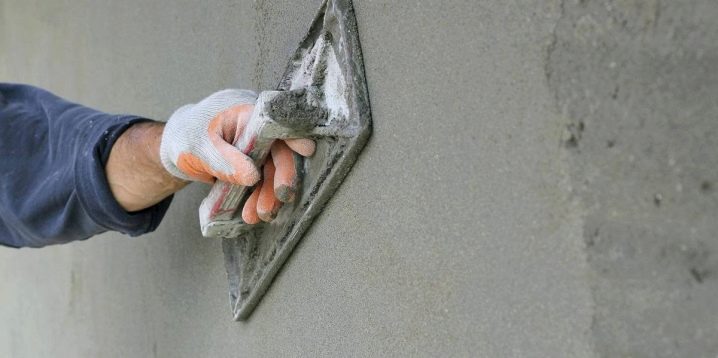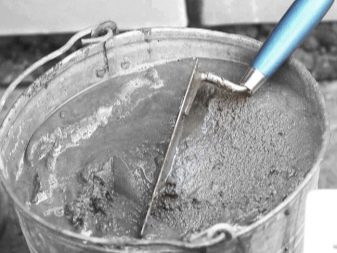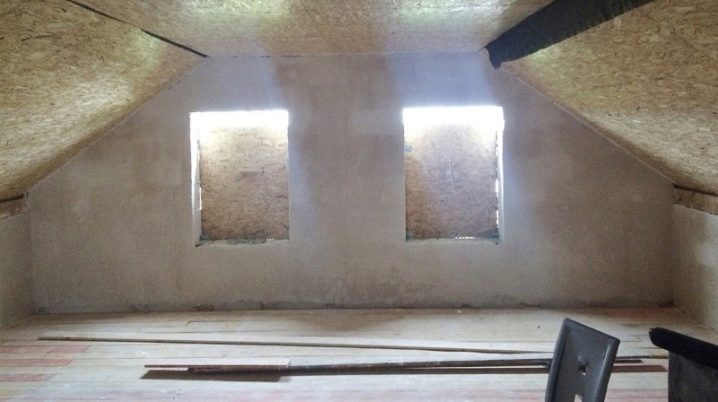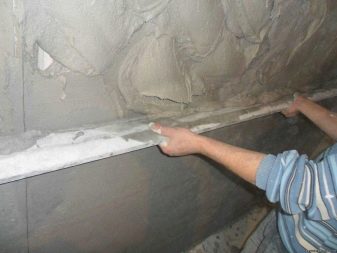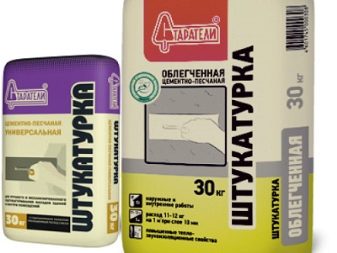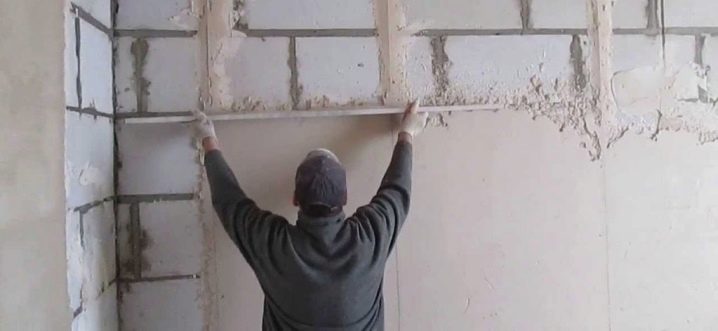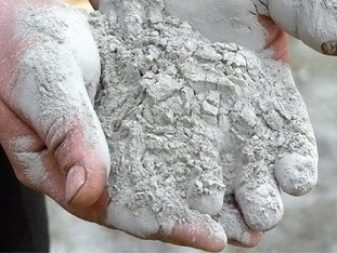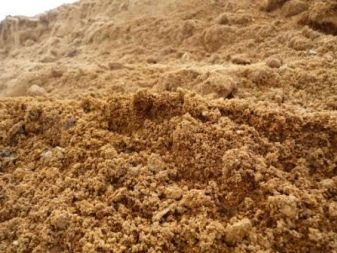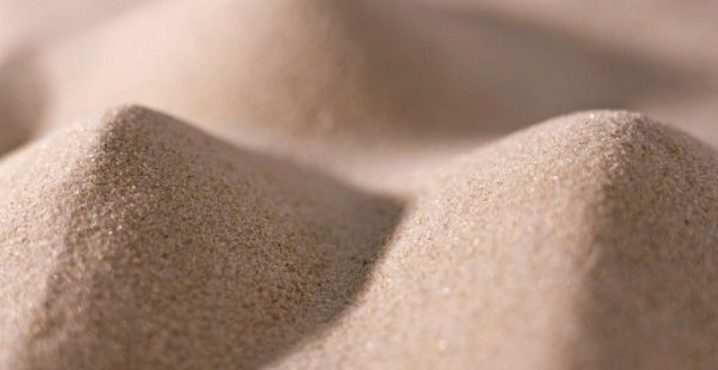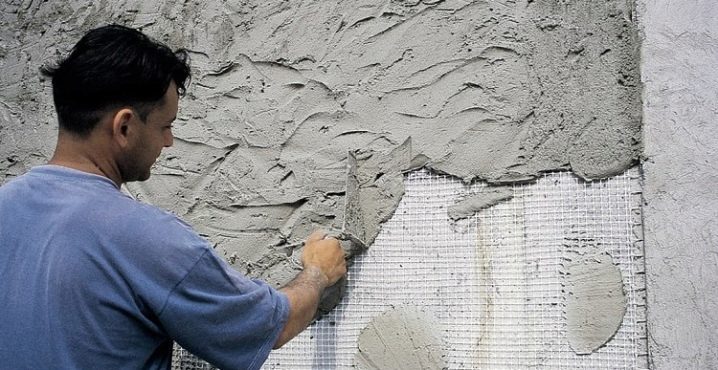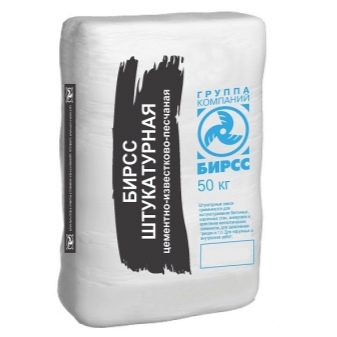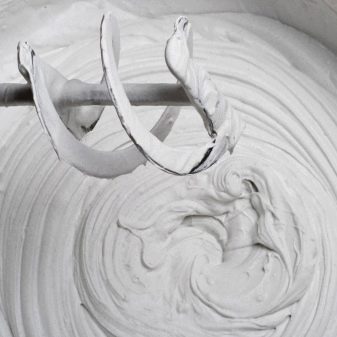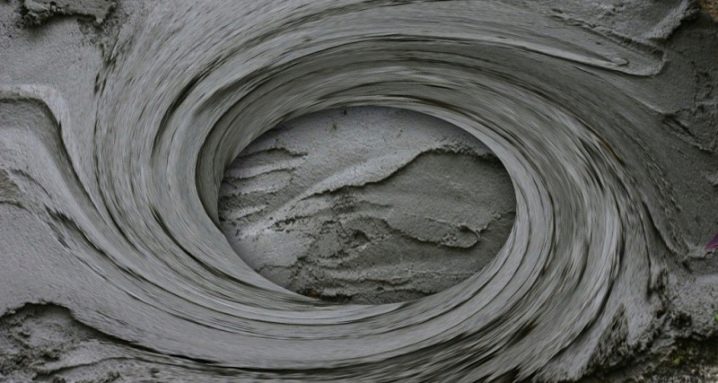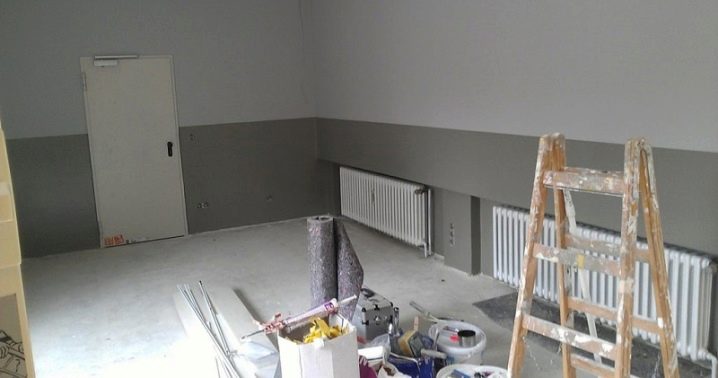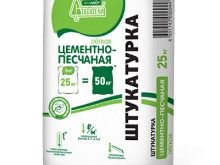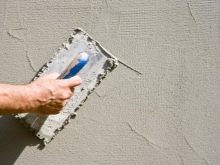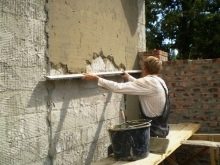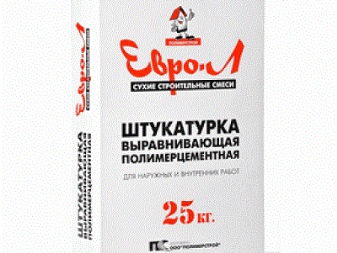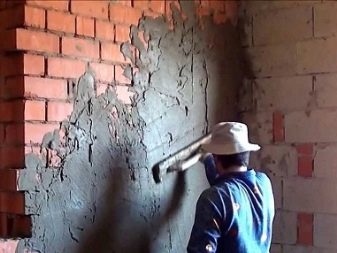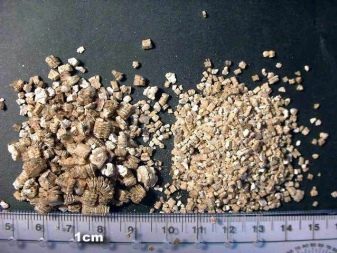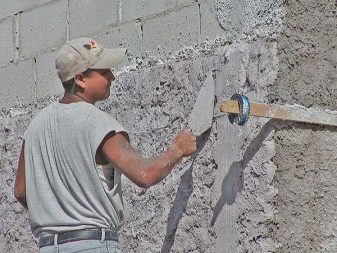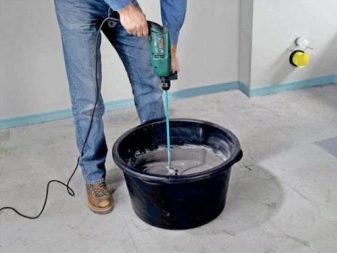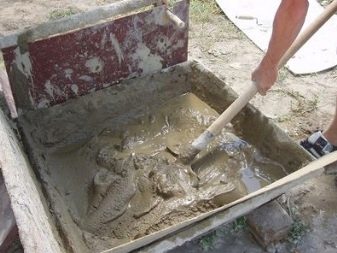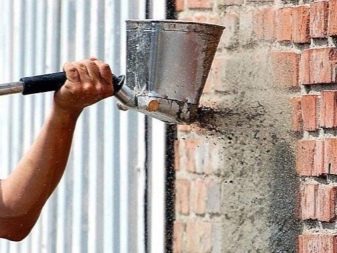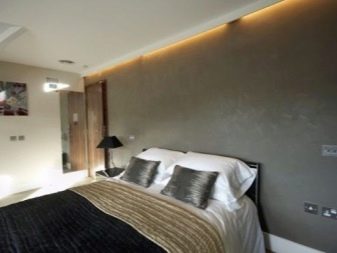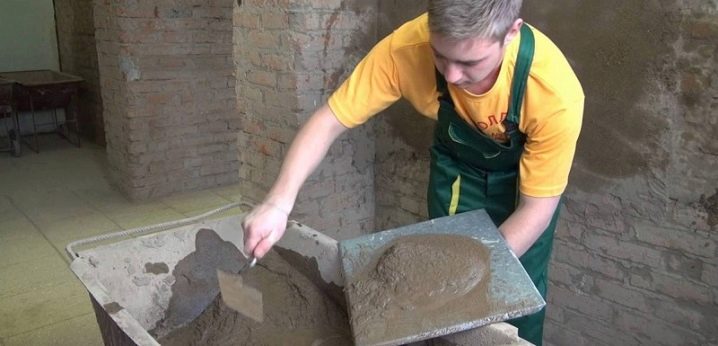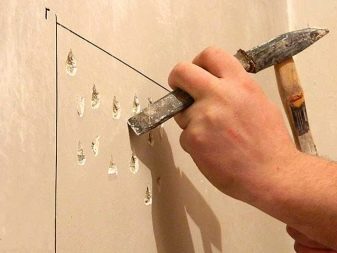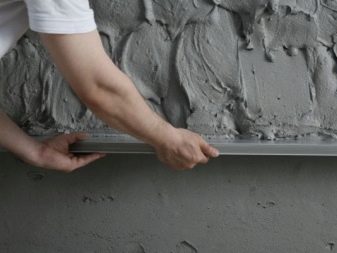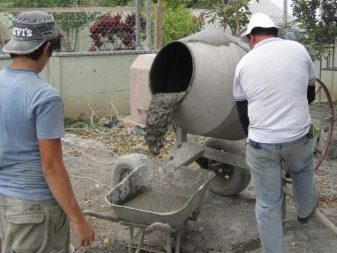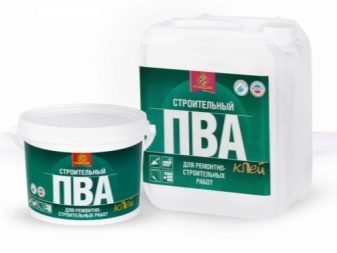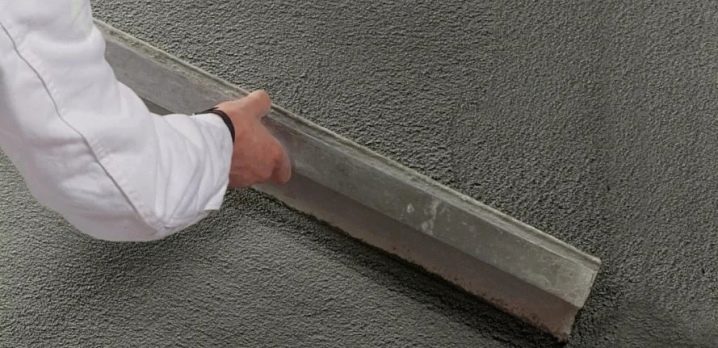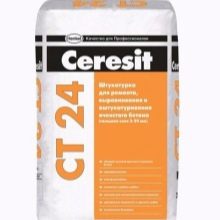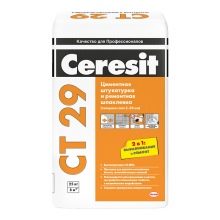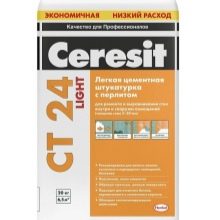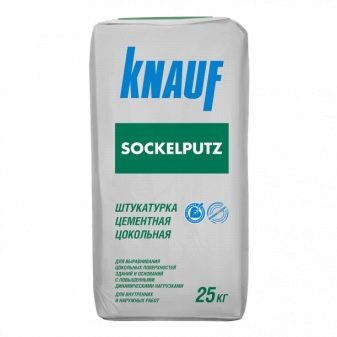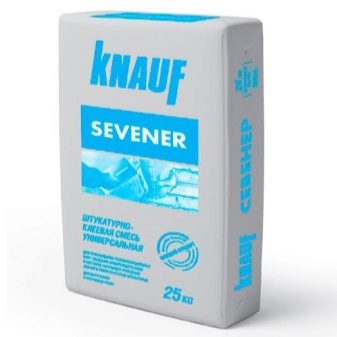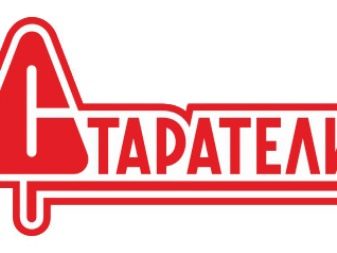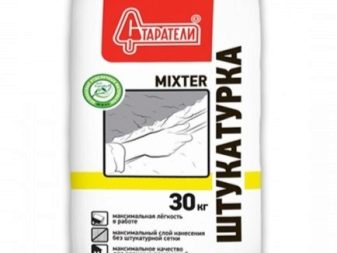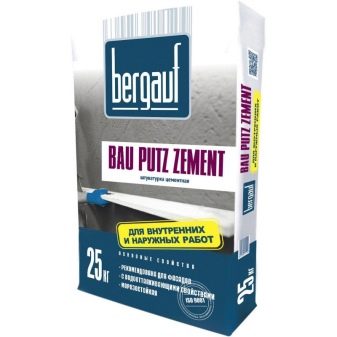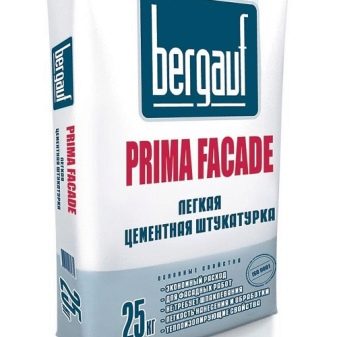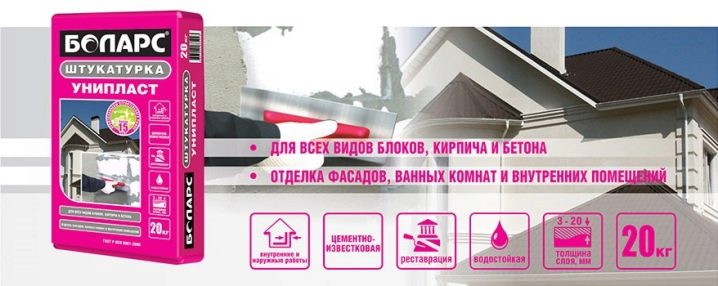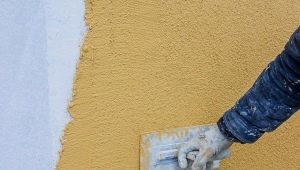Cement plaster: pros and cons
With the development of technologies for the production of building materials, dry mixtures have ceased to serve only as an auxiliary material for repair and finishing and began to act as an independent finishing coating with various useful functions. With their help, they perform draft and pre-finishing interior decoration, facade works, arrange additional sound insulation or thermal insulation and protect building structures from the negative impact of external factors.
The most common plaster compositions include leveling coatings with plaster and cement base. The main difference between them lies in the field of use, on the basis of this, they have a certain set of operational properties that contribute to the solution of certain problems in the repair process. This article focuses on cement plasters, their varieties, features, advantages and disadvantages.
Special features
Depending on the composition and proportions of the ingredients contained plaster with cement base classified into two main groups, represented by:
- cement-sand (pure) mixtures, including various modifying additives;
- cement-lime mixtures, which differ in the content of an additional component - lime.
Both types of mixtures are used to perform:
- rough alignment of wall surfaces to eliminate serious construction flaws and significant height differences;
- finishing of the bases from various materials;
- filling the joints between the slabs and embedding cracks;
- strengthening of building structures in order to increase their resistance to the ravages of a moist environment and mechanical damage;
- preparatory preparation for finishing with interior plaster, wallpaper, paints and ceramic lining;
- starting plastering of walls in order to increase sound insulation in the room;
- creating an additional heat insulating layer when finishing the outer planes to reduce heat loss of buildings.
Advantages and disadvantages
Each group of plaster mixes with cement binder has strengths and weaknesses, due to the characteristics of the composition.
Cement-sand (CPS)
The demand for cement-sand plasters is due to the following working qualities:
- Strength characteristics and wear resistance of the mixture are higher than other plastering solutions.
- Water-repellent properties due to the content of hydrophobic additives that prevent getting wet, the destruction of surfaces and preserving the insulating properties of building structures.
- Excellent adhesion ability is an indicator according to which the compositions take the second place after plasters with a gypsum binder.
- The material is resistant to sudden changes in temperature.
- Universality of application - this type of leveling coatings is suitable for facade finishing works and interior decoration of utility rooms with high humidity (basements, laundries, pools, bathrooms) and places where there are no heating systems (balconies, loggias, cellars).
Their only disadvantage is the duration of the setting of the mortar mixture and the drying of the plaster layer.
Varieties of DSP
Depending on the method of applying the ingredients of the composition and the area of use of plaster based on cement and sand conventionally classified into three categories:
- The usual. Their application is reduced to two stages - splashing and subsequent gruena. In this case, there is no need to use beacons (guides) and create a face layer. They are optimally suited for rooms that do not require perfect surface finish. These are basements, attics, garages, economic structures.
- Universal finishing materials belong to the most common variant of dry leveling coatings, which plaster the inner walls, facades of residential and public buildings. They carry out a rough finish with the formation of the three base layers - spray, soil, covering. Leveling the final layer is performed using a trowel or special trowel. The result of the work done will please the smooth surface, correct angles and smooth slopes.
- High quality solutions They are used in cases when it is necessary to achieve the maximum quality of finishing of facade parts of buildings or ideally to perform plastering during interior work.Here, the technology of plastering involves the following operations: first, beacon profiles are installed first, and then five layers of the mortar mixture are sprayed, ground layers (maximum 3) and the creation of a covering. Such work is the most time consuming, but the perfect finish in the end is worth the effort.
Components
The main component of the cement-sand mortars are various brands of cement - from M-150 to M-500 - a strong, durable, durable binder. By marking, it is possible to find out the indicators of the ultimate load of frozen mortar mixture, measured in kg / cm3.
Mortar mixes M-150 / M-200 perform work on interior decoration of premises with normal humidity, and compositions, starting with the brand M-300, can already be processed facade parts of buildings, balconies without glazing and use them in places with high humidity conditions.
Another equally important component of cement leveling coatings is fine-, medium- and coarse-grained fractionated sand, which serves as a filler and differs in the place and method of extraction. It is mined from the bed of dry rivers or from open pit mines or by washing.
Functional Additives
Many manufacturers of cement-sand plasters practice adding modifying additives to their composition to improve the working qualities of dry mixes. Thanks to quartz sand or diabase flour, the final products become resistant to acids, due to barite sand - the ability to withstand x-rays, and after adding metallic dust - an additional margin of safety combined with increased toughness.
Cement-lime (CIS)
Since the cement-sand plaster mixes weigh a lot, manufacturers have solved this problem by adding hydrated lime to their composition. Advantages of CIS:
- They are combined with the majority of existing building materials: concrete, brick, foam blocks, wood, and possess high adhesiveness.
- Provide antibacterial effect due to the content in the composition of lime, which prevents the biological damage of plastered surfaces.
- Plastic and crack resistant.
- The mixture is resistant to chemicals.
- Good plasticity properties are maintained throughout the life cycle of the material.
- They allow you to get a light or even white base with an absolutely smooth texture for decorating paintwork.
- Contribute to the creation of a favorable microclimate in the room due to the high vapor permeability.
The main operational disadvantage is the relatively low brand strength, so the area of their use often excludes plastering of loaded structures.
The main components of the composition of factory products are presented:
- portland cement;
- hydrated lime;
- fine or medium grained quartz sand;
- water retention additives;
- polypropylene fiber.
Working quality
Regardless of the manufacturer and compositional features, the majority of leveling coatings with a cement binder have similar operational properties.
Specifications:
- Appearance - a powdery mixture of gray color, which does not change in the mortar mixture.
- Type of binder - cement of various grades M-150 / M-200 / M-300 / M-500.
- The operating temperature range (C °) is from minus 50 to plus 70.
- The consumption rate of the working solution (kg / m2) is about 18 kg per square if the layer is applied with a thickness of 1 cm.
- Allowable indicators of the thickness of the applied layer - at least 5 mm, maximum - 30 mm, in the case of partial alignment - 50 mm.
- The time of the viability of the finished mortar in an open container - from half an hour to 6 hours. This indicator is affected by the composition. If lime is added, the life of the solution is increased.
- Grouting plastered surfaces can be done after 5-6 hours, you can putty and paint after 2 weeks, and perform tile facing - after three days.
- Indicators of frost resistance (° F) - 50.
- Compressive strength after 28 days - 61.18-122.4 kgf / cm2.
- The adhesion to the base is 3.05–4.08 kgf / cm2.
- Full drying time - the period of gain of brand strength - is about 28-29 days.
- The shelf life of the warranty is limited to a year.
Store dry mixes in original packages in sufficiently ventilated rooms.
Kinds
To organize the many types of dry plaster mixes, refer to the technical specifications regulated by GOST 31189 2015. Products are divided on the basis of different signs. The classification of leveling coatings with cement binder is produced in accordance with their density, they are:
- lungs - no more than 1300 kg per m3;
- heavy - from 1300 kg per m3 and more;
- super heavy - from 2300 kg per m3 and more.
Polymer cement
The purpose of these finished plasters is a clean facade and interior finish, including wet rooms. They differ from simple leveling coatings by composition with the addition of polymer additives in the form of reinforcing components such as fibers or plasticizers.
Most of the plaster mixtures of this type are moisture-proof coatings of light shades, due to which it is advisable to use them for surfaces to be painted. They stand firmly with mechanical effects, have excellent frost resistance, high ductility and vapor permeability, creating the effect of "breathing" walls.
Perlite
Perlite plaster - another popular type of facade dry mixes, which characterizes the strength, resistance to weathering, durability, ease of use. They are suitable for leveling walls and even finishing the exterior planes. Since these materials are distinguished by high heat insulating ability and excellent sound insulating qualities, with their help, they additionally warm objects for various purposes.
Perlite mixtures are compatible with different types of foundations - concrete, brick, wood, and especially with surfaces of foam concrete blocks, which are unparalleled during plastering.
Ceresite
Ceresite mixture is considered an improved version of cement-lime plaster, since ceresite constitutes lime, oleic acid, ammonia, and an aqueous solution of ammonium salt. These components help to improve the water resistance of the leveling coating by filling the pores and sealing the structure. The peculiarity of working with this type of plaster is the need for a thin layer of the mixture during the formation of each layer due to poor adherence of the mortar mixture with the previous layer.
Which one to choose?
When choosing plaster mixtures are guided by the following criteria:
- Purpose If universal compositions with cement binder can perform both exterior and interior work, it is desirable to plaster the walls inside the premises with lime.
- The density of the mixture. Here you need to assess the state of the base - the number and seriousness of construction defects.The ideal solution for leveling complex substrates is lightweight plaster with a low specific weight, which can be applied without problems in any volume without loss of finish quality.
- Type of room - wet or dry. For rooms with high humidity conditions, it is necessary to purchase moisture-resistant mixtures. Perlite compounds will help solve the problem of mold development.
- Type of foundation. When plastering wood or masonry foundations, it is advisable to use cement-lime mixtures, which will provide a stronger adhesion to the walls compared to sand-cement mortars. Foam blocks and gas silicate blocks are optimally leveled with perlite-based compounds.
- The scale of the repair. Small areas are better to finish with plaster for manual application. If you have to perform a large amount of work, then it is more appropriate to make a choice in favor of leveling coatings applied in a mechanized way.
Application process
There are several technologies for plastering cement-bonded compounds. Layers can be applied manually or by machine using injection screw pumps for cement mortars.
Preparation of grounds
It is necessary to prepare the walls for plastering as follows:
- The old coating is removed from the roughing base - paint, wallpaper, peeling plaster and cleaning dirt. Surface must be dedusted.
- Minor defects are covered.
- Then a sensing surface is created.
- Brick, concrete or slag concrete surfaces will need to be roughened by creating notches with a depth of at least 10 mm using steel brushes or an ax.
For processing necessarily applied concrete contact. Wooden bases are studded with slats or drow, having previously used the ground. Lightweight porous materials are treated with primer for concrete.
Plastering
Work with leveling coatings on cement binder includes three stages:
- Splattered - on the base of the lumps throw mortar mixture with a bucket. Then take the rule and level the stains misting.
- Soil layers (from 1 to 3). The formation of the soil is made using a trowel and a thick mortar. The maximum layer thickness is 0.5 cm. Mixtures give half an hour to set, after which, using the rule and if necessary, adding the solution to problem areas,surface level.
- Front layer (nakryvka) - moisten the coating and apply falcon to apply the mortar. As soon as she starts to grab, you can move to the grout using the same falcon or trowel.
Tips and tricks
When working with material it is important to know the following:
- Thick-layer plastering is carried out in two approaches in order to avoid the formation of cracks due to the uneven drying of the coating, which was immediately applied in a thick layer. The minimum thickness of the spray manually - 3 mm, soil - 5 mm.
- For quick and easy kneading, it is better to use a concrete mixer.
- In the finished premises, it is important not to allow drafts in order to avoid cracking the coating.
- The quality of the self-made mortar mix will help improve the addition of polyvinyl acetate emulsion at the rate of 0.01 PVA per liter of solution.
- When purchasing plaster, it is necessary to pay attention to the shelf life, since the materials created more than six months ago must be used with a binding component.
The work of home-made mixtures in conditions of negative temperatures requires the addition of antifreeze additives to the solution.
Manufacturers
The building materials market is replete with offers from manufacturers of dry mixes, which sometimes makes it difficult to choose the right product. The rating of popular plasters from famous Russian and foreign brands will help to orient with their purchase.
Ceresit
A series of cement plasters from the concern Henkel includes three products Ceresit:
- CT-24 - vapor-permeable, environmentally friendly and ductile coating with high adhesive properties for leveling cellular concrete with various binders.
- CT-29 - weatherproof composition with reinforcing microfibers, providing reliable adhesion with mineral bases.
- CT-24 Light - the easy leveling covering of light color. Advantages - frost resistance, absence of cracks and excellent heat insulating qualities.
The advantages of Ceresit plasters, in addition to their high performance properties, buyers include versatility, ease and ease of use. Leveling coatings are suitable for facade and interior decoration in manual and mechanized way.
Knauf
The popular German brand has an extensive range of cement plasters with various useful qualities - heat insulating, water-repellent, protective. These are well-proven mixes of Adgesive, Sockelputz and Unterputz.White-colored Knauf Diamant and the multifunctional Sevener deserve particular attention, which is suitable for performing various types of repair and decoration works. Packages are usually packed in bags of 25 kg each.
Negative reviews about the products of the company - a rather rare phenomenon, and, as it turns out, they appear only in cases of using fakes. For the original products, the claim is the same as for the mixtures Ceresit - this is overestimated, in the opinion of many, the cost.
Miners
Among the cement plasters produced by one of the leaders in the construction market, stably high demand are:
- Universal DSP, the main advantages of which are frost resistance, vapor permeability and elasticity.
- MIXTER leveling coatings with cement, sand, gypsum and modified additives. Area of use - high-quality plastering surfaces when performing interior decoration.
Users note the excellent adhesion ability and quite acceptable price of the Prospector products compared to imported analogues. Savings of the order of 20-25%, which is especially important when performing large volumes of work.
Bergauf
Cement plasters of one of the largest Russian manufacturers of building materials are in steady demand.
Users most often praise:
- Front water-repellent, frost-resistant plaster Bau Putz Zement, which is combined with almost all types of bases. Her convenient packing is also noted - 5, 25 and 30 kg each.
- Blend Prima Facade with insulating qualities for facade finish. She likes for the lack of need to putty and is easy to use.
Bolars
The line of cement plasters with the addition of modifying additives from a reputable domestic manufacturer is presented four leveling coatings:
- Uniplast - material with high vapor permeability. Suitable for exterior, interior finish and applied manually.
- Two types of front weatherproof, vapor-permeable, high-strength compositions for manual and mechanized plastering.
- Front frost-resistant finishing coating. It is possible to work with it in the conditions of low temperatures - to-10 degrees.
Plasters Bolars are especially appreciated for the fact that they lie down very smoothly and freeze quickly.
For information on how to properly plaster cement plaster, see the following video.
